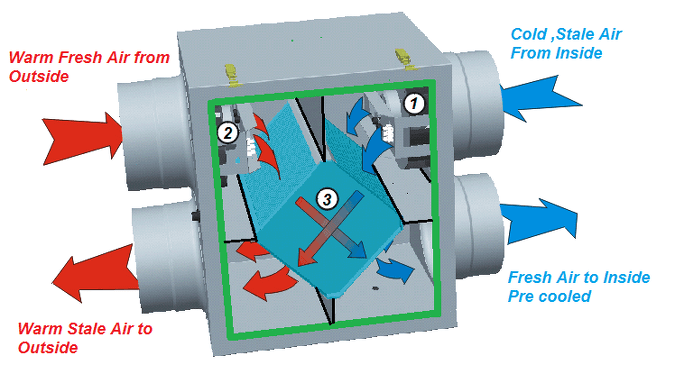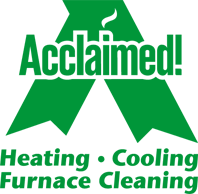If you’ve purchased a newly constructed home in the past 5 years, there’s a good chance you have an HRV (Heat Recovery Ventilator) or ERV (Energy Recovery Ventilator), installed in your mechanical room. As a result of improved insulation and air-tightness of new-builds, these homes also experience less natural air flow of fresh air into the home, which impacts a home’s indoor air quality. Enter: your HRV or ERV unit. These units are built to enhance your indoor air quality and reduce heating costs.
What is the difference between an HRV and an ERV?
HRVs and ERVs are similar in that they both facilitate the transfer of fresh air into the home and exhausting of stale air outside of the home while recovering energy from the exhausted air.
The main difference between the two is that an HRV transfers heat, while an ERV transfers both heat as well as moisture.






